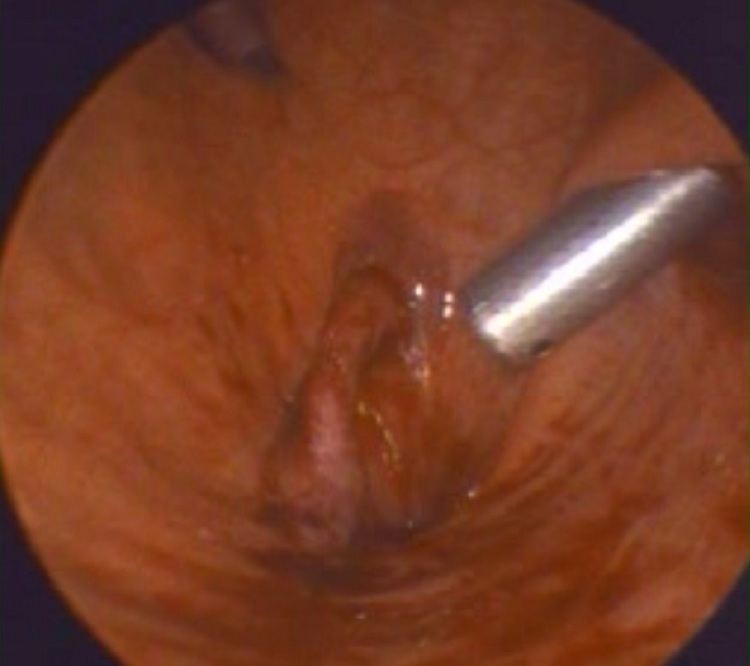Names Pneumovesicoscopy | Occupation type Specialty | |
 | ||
Competencies surgery of urinary tract and male genitalia Education required Doctor of Medicine, Doctor of Osteopathic Medicine | ||
Pneumovescioscopy (from Ancient Greek πνεῦμα (pneuma), meaning "air", Latin Vesica, meaning "bladder" and Ancient Greek σκοπέω (skopeo), meaning "to see") is a minimally invasive surgery procedure increasingly gaining traction for in urologic surgery, especially for children. The procedure involves insertion of a 5mm optical port into the dome of a saline-distended urinary bladder under cystoscopy guidance. The cystoscope is then withdrawn, the saline drained and bladder insufflated with carbon dioxide at 10–12 cm H2O to create the working space. Two lateral 5 (or 3)mm operative ports are then inserted under visual guidance for performance of surgery.
In recent years pneumovesicoscopy has been used for problems ranging from ureteric re-implantation, to removal of bladder stones, bladder diverticula and foreign bodies in the urinary bladder.
